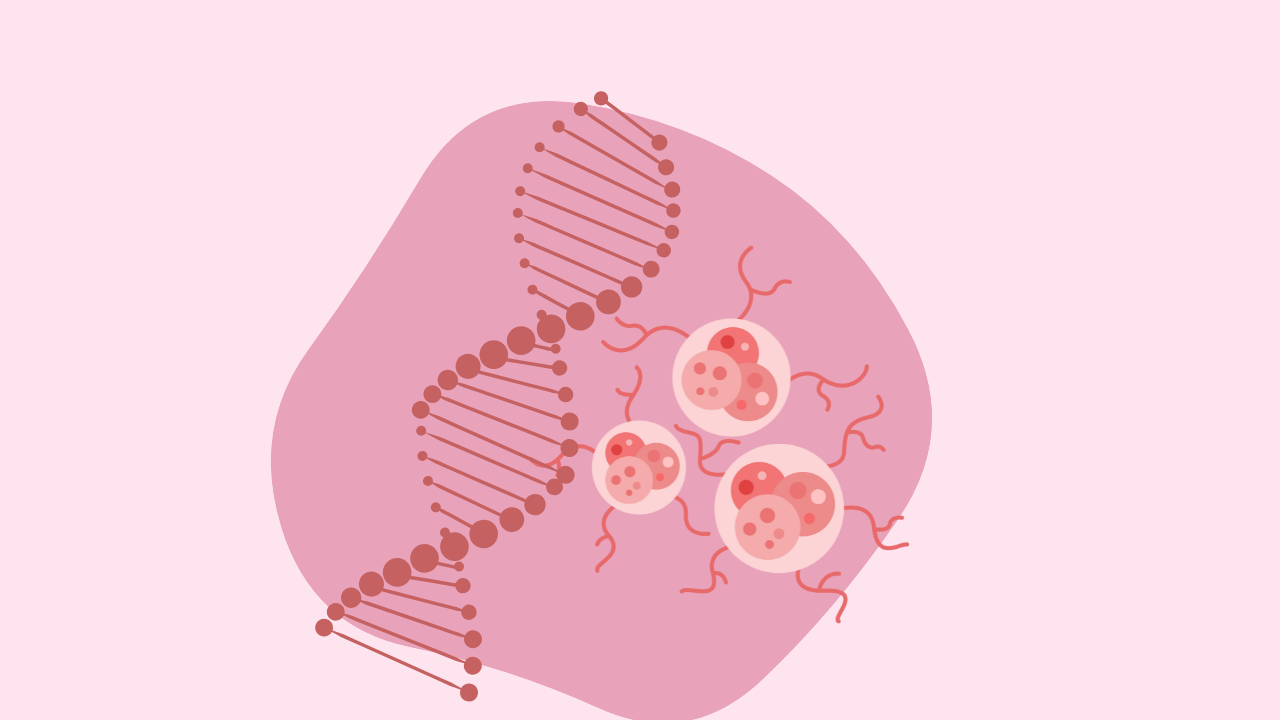Understanding Lump and Changes in Your Breasts

As women progress through different stages in life, they often encounter various changes in their breasts. These changes are a natural part of a woman's physiological development and can be influenced by hormonal fluctuations, pregnancy, menopause, and medication use. Understanding these shifts is crucial for women's health awareness and proactive healthcare management.
Information in this article comes from Cancer.Gov. If you experience any changes in your breasts that concern you, talk to your doctor.
Breast Changes Before or During Menstruation:
One of the most common times for women to notice changes in their breasts is before or during menstruation. During this time, breasts may become painful, swollen, or tender. This sensitivity is often attributed to hormonal variations, particularly fluctuations in estrogen and progesterone levels. Additionally, some women may feel one or more lumps in their breasts due to increased fluid retention, which typically resolves after the menstrual cycle.
Breast Changes During Pregnancy:
Pregnancy brings about significant changes in a woman's breasts as they prepare for milk production. During pregnancy, breasts may feel lumpy, and women may notice breast lumps. These changes occur as the mammary glands increase in number and size in preparation for breastfeeding. While breast lumps during pregnancy are common and often benign, any new or concerning changes should be evaluated by a healthcare professional.
Breast Changes Near Menopause:
Approaching menopause heralds another phase of hormonal shifts that can impact breast health. Hormone levels fluctuate, leading to breast tenderness even outside of the menstrual cycle. Additionally, breasts may feel lumpier during this period compared to earlier stages of life. These changes are part of the natural aging process and are influenced by hormonal changes associated with menopause.
Breast Changes Due to Hormone Use:
Some women may experience changes in breast density when taking hormones such as hormone replacement therapy (HRT), birth control pills, or injections. Increased breast density can make mammogram interpretation more challenging and may require additional imaging or monitoring. It's important for women taking hormone-based medications to discuss breast health considerations with their healthcare providers.
Breast Changes After Menopause:
After menopause, when hormone levels decline, many women experience a reduction in breast lumps, pain, or nipple discharge. These changes are often a result of hormonal stabilization and are considered normal post-menopausal breast changes. However, ongoing breast health monitoring and regular screenings remain essential for overall wellness.
Understanding the various breast changes that occur throughout a woman's life is crucial for promoting breast health awareness and proactive healthcare management. While many of these changes are normal and expected, any new or concerning breast symptoms should be promptly evaluated by a healthcare professional to ensure appropriate diagnosis and management. Regular breast self-exams, clinical breast exams, and mammograms play vital roles in early detection and treatment of breast-related concerns.





